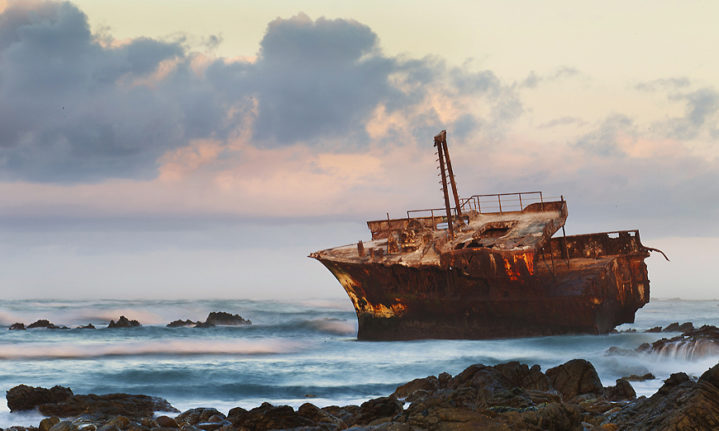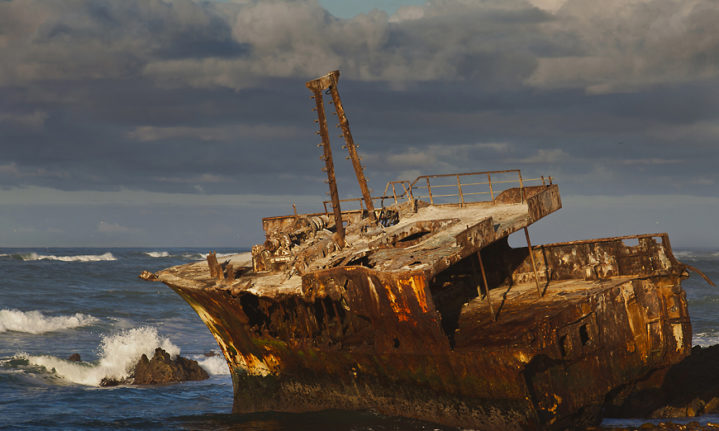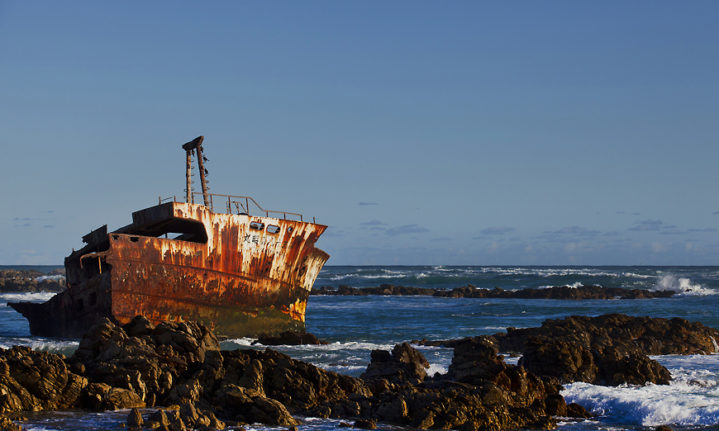Cape Agulhas: The southernmost point of the African continent, where the Atlantic and Indian oceans meet. The seas and the coastline off Cape Agulhas are famous for a variety of reasons, but perhaps its most astonishing phenomena.
Early Portuguese explorers allegedly dubbed Cape Agulhas as Cabo das Agulhas, which translates to ‘The Cape of Needles.’ But why?
It was afforded this name due to the strange magnetic anomaly that occurs there: compasses point to true north instead of magnetic north.
True north points directly to the geographical North Pole. It’s a fixed point and is an extremely rare occurrence, according to Royal Museums Greenwich. In contrast, magnetic north, where a compass points, aligns with the earth’s magnetic field. This point shifts over time in response to changes in the earth’s magnetic core.
Moreover, this coastline is notoriously known for its treacherous winds, erratic weather, massive rogue waves and extreme rainstorms. These conditions have caused countless shipwrecks, giving it the name the graveyard of ships, according to Nature Notes.
A lighthouse was eventually built in 1848 in hopes to guide ships and prevent further wrecks.
How ironic then that the Meisho Maru No 38 collided with the rocky coastline right in front of that exact lighthouse. The vessel was a Japanese trawler, about 45 metres long. However, after being exposed to the elements for so long, many portions have washed out back to sea. The vessel’s bow remains facing outward.
It is the only shipwreck visible from the shore and is extremely difficult to photograph. Conditions have to be just right to capture a perfect picture, which all largely depends on the weather, which is known to be unstable.
Hobbyist photographer Lance Groenewald has managed to successfully undertake the task and capture these photographs.
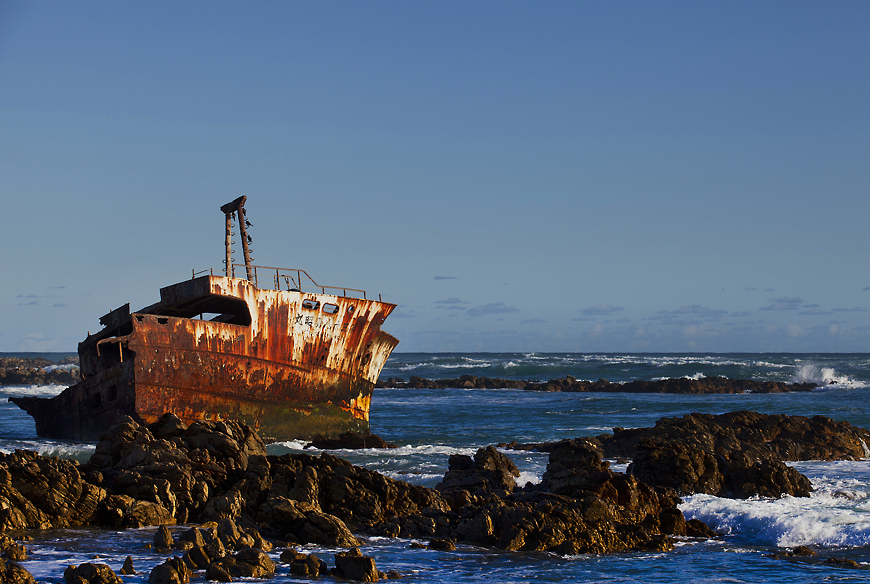
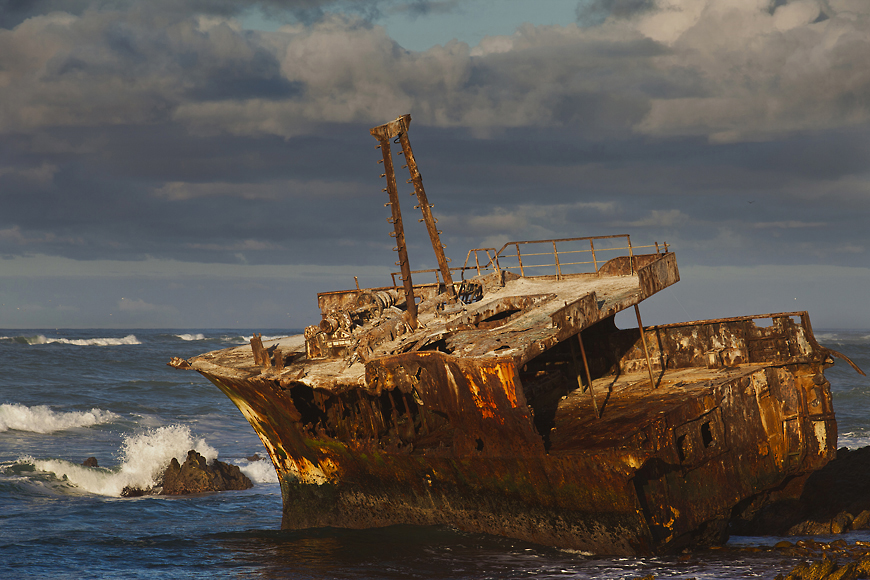
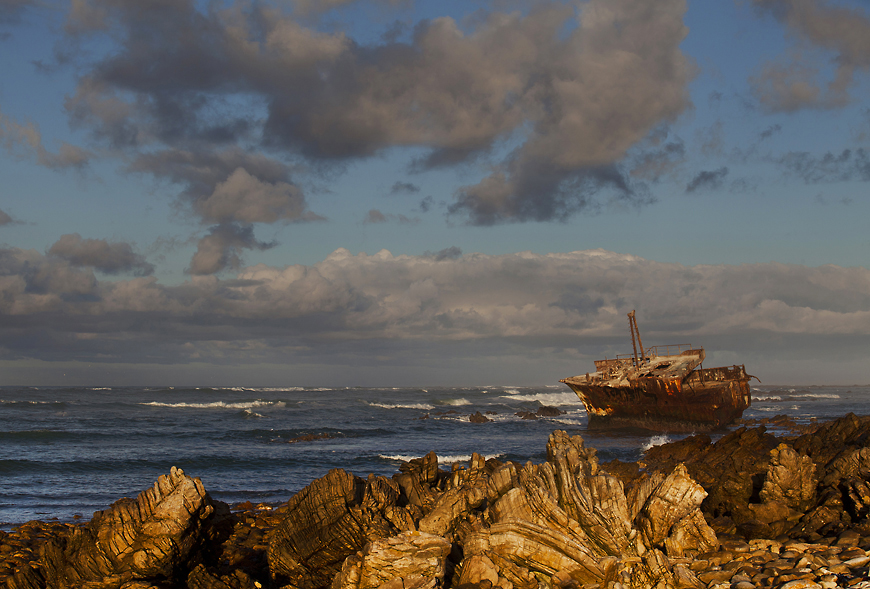


Pictures: Photographed by Lance Groenewald
ALSO READ










